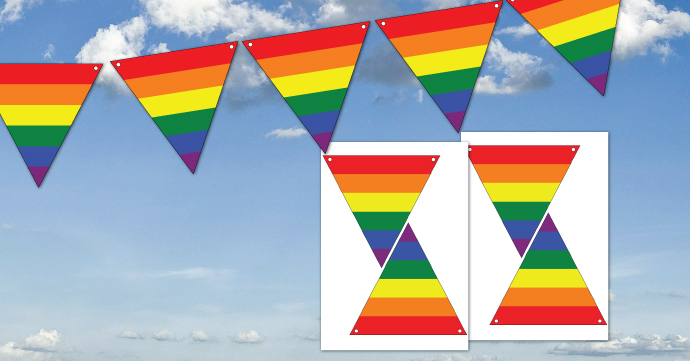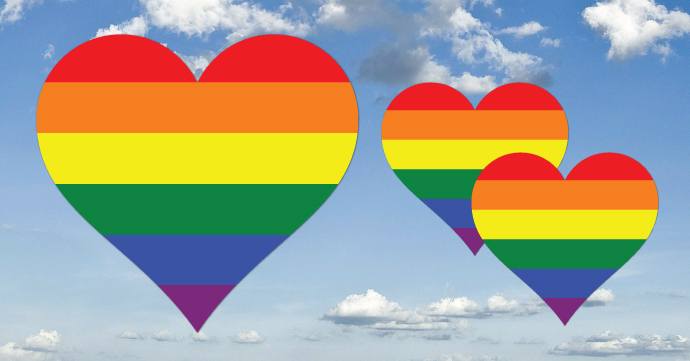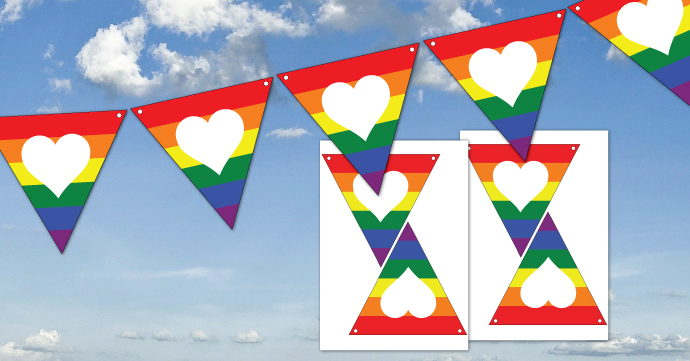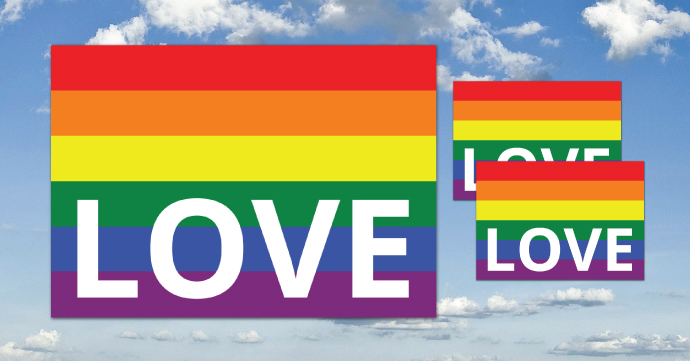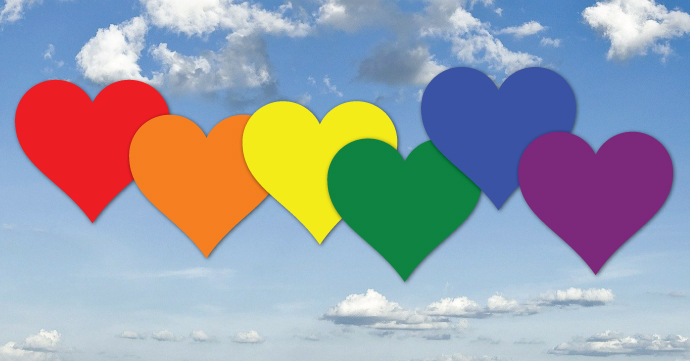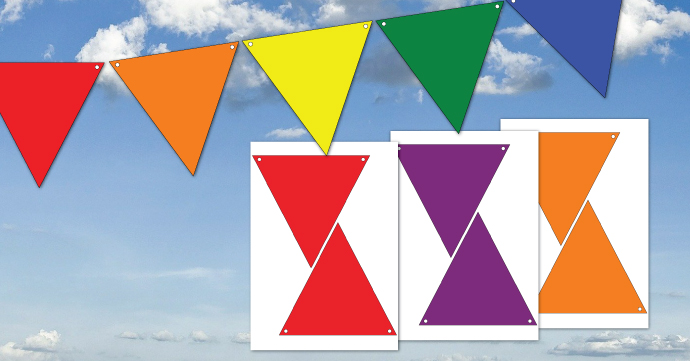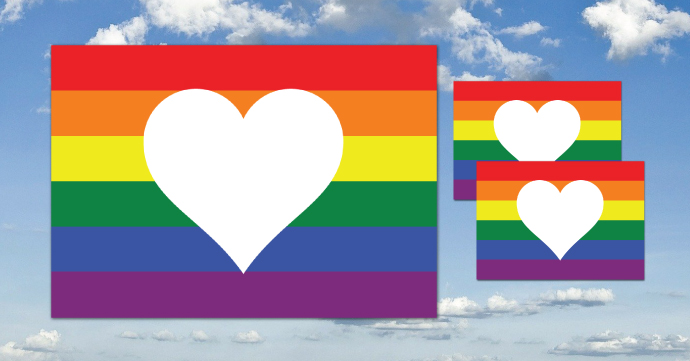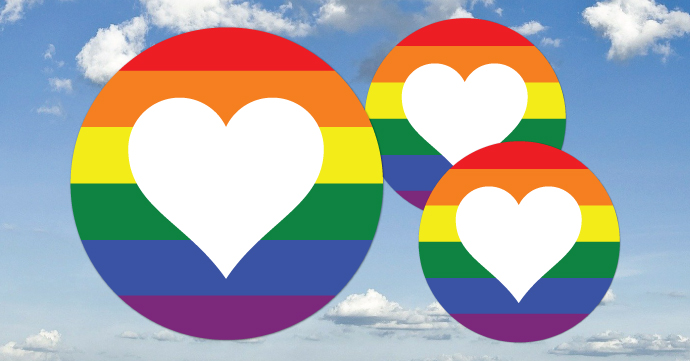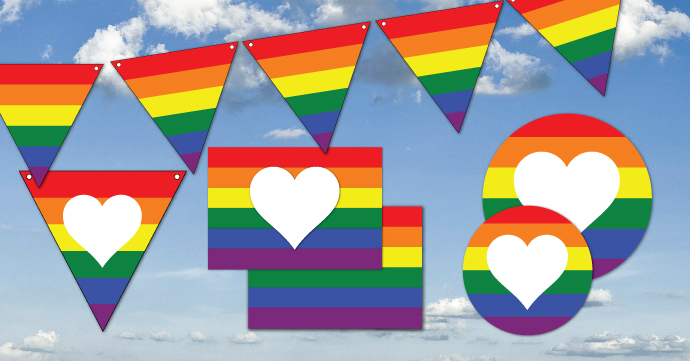
Free Printable Pride Decorations
When is Pride month?
June is known as Pride Month, a month dedicated to celebrating the LGBTQ communities around the world. It is about people coming together in love and friendship, to show how far gay rights have come, even if in some places in the world there is still work to be done.
Get ready to embrace the spirit of Pride with our vibrant LGBTQ+ Pride Printable Decorations, including posters and bunting! Add a touch of style and colour to your surroundings, and create a joyful and inclusive atmosphere for the June Pride celebrations.
Free Rainbow Bunting and Posters
The Pride flag is often represented as a rainbow to symbolise diversity and inclusivity within the LGBTQ+ community.
Pride month is about teaching tolerance and equality, through education in pride history. It calls for people to remember how damaging homophobia was and still can be. It is about being proud of who you are, no matter who you love.
Need accessories to complete your Pride project?
We have everything you need to make your Pride event shine, whether it be the small stuff scissors, copy paper and tape or a brand new printer and printer ink.
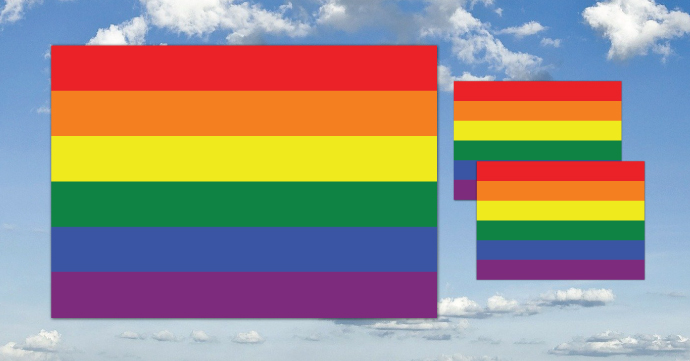
Download Rainbow Bunting >> Download Rainbow Love Heart >> Download Rainbow Love Heart Cut-Out >> Download Pride Rainbow Love Flag >> Download Pride Rainbow Cut-Out Hearts >> Download Pride Rainbow Colours Cut-Out Bunting >> Download Love Heart Pride Flag Poster >> Download Pride Rainbow Circle >>
The 6-colour rainbow Pride flags above are one of the most well-known and used flags throughout pride month history, but in addition did you know there are many more Pride flags? We have included a few more of these as free printables for you below:
Bisexual Flag: Created in 1998 by Michael Page, his idea for the flag represents pink and blue blending to make purple. The same way that bisexual people can blend into the straight community and the gay community. The flag colours represent the attraction to different genders, with the pink representing attraction to the same gender and the blue to a different gender. The purple represents attraction to two or more genders, the definition of bisexuality.
Download Bisexual Flag >>Transgender Flag: Created in 1999 by Monica Helms, a transgender woman. Light blue and pink are featured because they’re traditional colours, which in the past have been associated with baby boys and girls. The white stands for those who are intersex, transitioning, or those who don’t feel identified with any gender.
Download Transgender Flag >>Nonbinary Flag: Created by Kye Rowan in 2014, the Nonbinary Pride Flag represents people whose gender identity doesn’t fit within the traditional male/ female binary. The colours of the nonbinary flag are yellow, white, purple, and black. The colours each symbolise a different subgroup of people who identify as nonbinary. The yellow signifies something on its own or people who identify outside the cisgender binary of male or female. A cisgender person would be a person whose gender identity matches their sex assigned at birth. The white, a colour that consists of all colours mixed, stands for multi-gendered people. The purple represents people who identify as a blending of male and female genders and finally the black (the absence of colour), signifies those who feel they do not have a gender.
Download Nonbinary Flag >>New Progress Pride Flag: This flag integrates all the flags into one. With the evolving nature of the LGBTQ+ community and society at large, this flag was designed to place a greater emphasis on “inclusion and progression”.
Download New Progress Pride Flag >>


